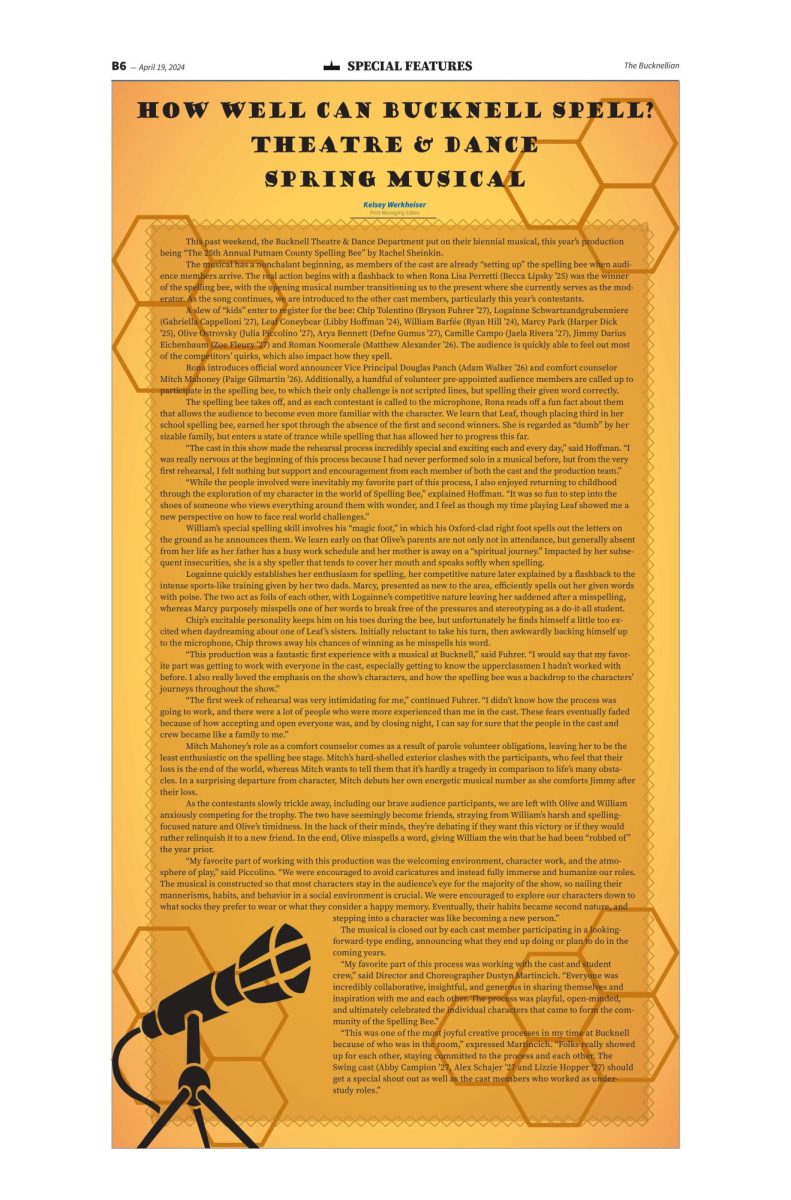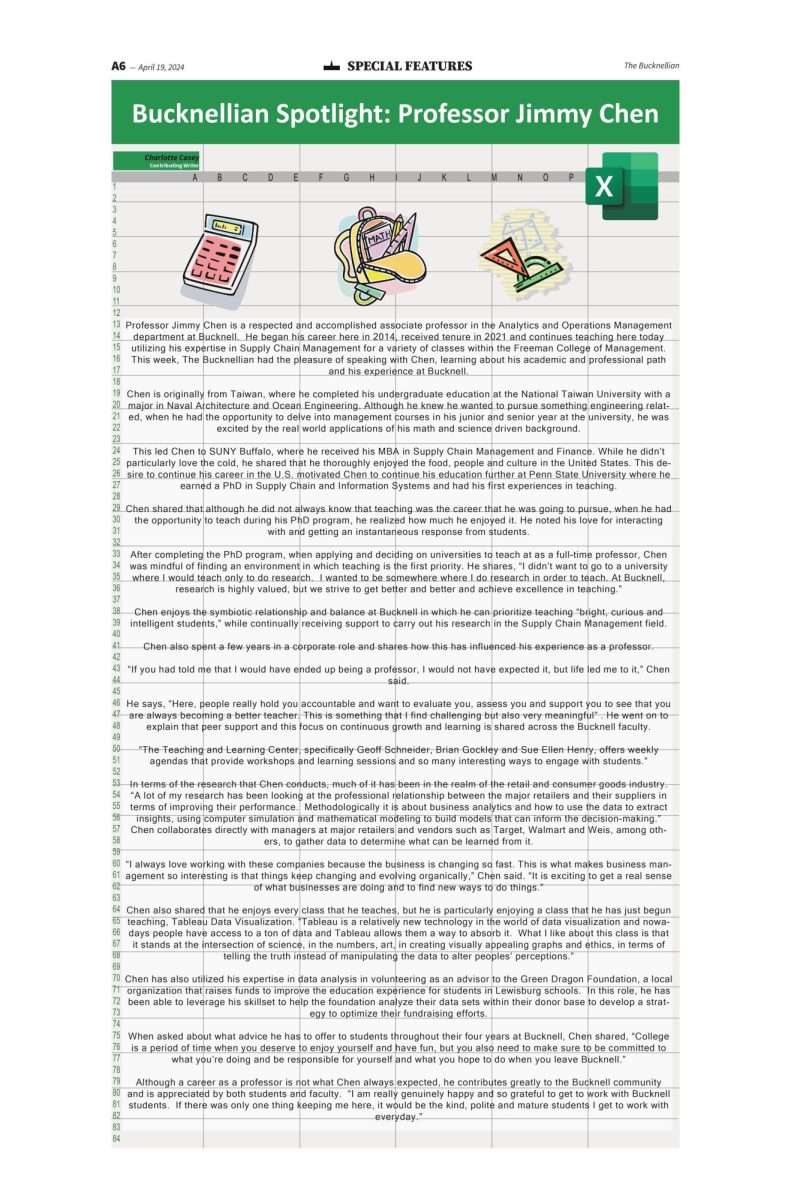Where is the future of fashion going?
May 5, 2021
Where is the future of fashion going? Well, I envision an industry that is more accepting to a wider range of body types and racial diversity. An industry that considers its impact on the environment. An industry that dives into fiber science to create smart fabrics for apparel that serve a purpose.
The fashion world is ever changing, indicated by the rise and downfall of quick trends and new pieces on store shelves, yet the overall foundation of the industry remains old-fashioned. It appears that the same body types are highlighted on the major runways, and the needs of certain groups are not catered to, for example the transgender community looking for comfortable and neutral clothing, surgeons who require attire that is flexible and protective, and inhabitants of hot, dry climates who need apparel that is not only shielding but also with heating and cooling qualities. Consumer demands and needs are changing, yet the industry does not always seek to meet them. With an advancement in technology, I believe that leveraging new systems and incorporating them into the design of these apparels, these overlooked, bespoke needs can be met, and normalized.
Instead of focusing on fast fashion and driving consumers to chase trends to “fit in,” why does the industry not work backwards to identify the needs, develop solutions, and then create products sprouting from those solutions? This reminds me of a concept I learned in a business program I participated in: reverse engineering. Although engineering and fashion are different fields, the framework is similar—to create and to design. Engineers design with meaning and with intention, so why can’t fashion do the same? Reverse engineering focuses on re-creating a product after examining its construction. In the case of fashion, the industry should use this model to identify trends and then understand which aspects of it are catering to what groups, and which groups are left out. Or in other words, first identify the consumer desire, and then design. If the fashion industry begins to design based upon desire and needs, then more groups have access to not only comfortable clothing, but the “newest” looks just as their other counterparts in society have. Fashion is confidence. Fashion should be accessible to all groups, and offer a wide range of sizes, and shape in design, in order for all groups to feel empowered.
Fashion is one of the most wasteful industries in the world contributing to carbon emission and overproduction of clothing that sits in a landfill for many years to come. This is a result of fast fashion and trends—and the notion that consumers need to have what is “hot” and what is “new” and once that period of “popularity” is over, then the trend is “out of season” and cannot be worn. Some people may not even fit the trends’ essence, but wear them as a sense of conforming, instead of taking their needs into consideration. These same individuals sometimes shortly after become disinterested in wearing it, so the landfill begins to be filled. If the industry looks towards consumer demographics and the most pressing needs, and works to meet these originally, then this would eliminate the throw-away clothing concept of fast fashion. Maybe, fashion seasons can be slowed down. Maybe by meeting needs and eliminating the throw-away concept, “trends” and “looks” can live on longer. Consumers can wear these functional, practical clothing for years, rather than a season or two. This would decrease the waste that is produced by only wanting what is “hot.”
Fiber science focuses on chemical and engineering properties of fibrous materials to create new prototypes. To simplify, fiber science is taking fibers and textiles and either modifying existing chemical and physical structures or creating new structures in order for the application to be enhanced. For example, changing the chemical composition of fibers to incorporate into a textile that is color-changing in response to the environment surrounding it, such as increase in temperature, or perhaps textiles that have cooling properties. Those are just a few examples of what fiber science can do. Fashion innovation lies within the groundbreaking designs of clothing that are produced with modified chemical structures, heating and cooling processes, flexibility or breathability, or smart fabric ability to keep track of miles walked or GPS functions, just to name a few. The sustainability aspect of fiber science lies in the idea of creating clothing of fibers that have recyclable qualities and are able to be reused and re-worked for when the next new idea comes along; there is potential to extract fibers from pre-existing clothing and incorporate them into the new. I believe that fiber science can be the vehicle to a more innovative and sustainable fashion industry.


























